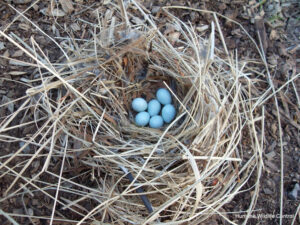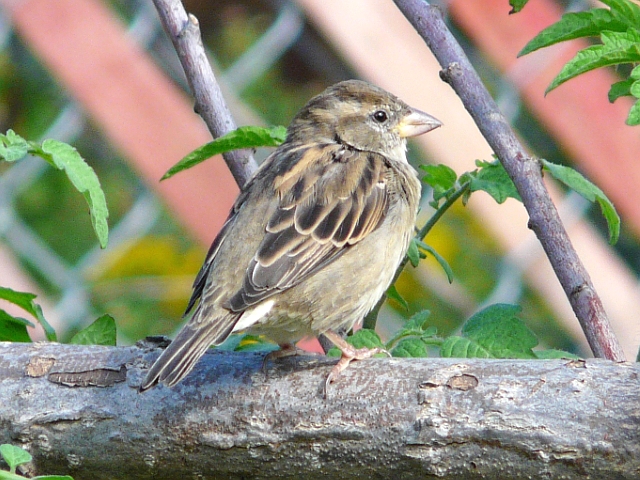Some people go to great lengths to attract birds to their yards by hanging multiple bird feeders, planting hummingbird gardens, and building birdhouses. However, even the most ardent nature lovers do not want birds nesting inside their own homes. While this does sometimes happen, the risk is not the same at all times of the year. By educating yourself about avian breeding habits, you can hopefully avoid the need for bird removal in Ajax.
Breeding Season
Unlike domestic chickens, wild birds do not lay eggs every day. They instead have specific mating seasons that are triggered by changing day lengths throughout the year. Increasing hours of sunlight in the spring stimulate the males’ brains, causing them to sing and establish territories. As females become attracted to these songs, pair bonds are created or renewed.
Because they can fly, birds do not have to be stuck in a certain geographic area for their entire lives. Where they construct their nests depends on whether they migrate away from home or stay put during the breeding season. Birds do not use their abilities to wander the globe erratically but have established predictable patterns of where they live at different times of the year. Birds that breed in Canada fall into two main categories: permanent residents and summer visitors.
Permanent Residents
Despite being able to fly, some birds, such as the blue jay, choose to remain in Canada year-round. These birds do not mind the cold weather and can always find things to eat. However, their reproduction is still restricted to a specific time of year. Because permanent residents are already on the breeding grounds when the mating season begins, they are free to use their energy to nest early, often, and late.
Examples of permanent residents that start breeding in early March are black-capped chickadees and mourning doves. Great horned owls may be sitting on eggs as early as February. Because they get such an early start, these species have time to raise a second brood. Examples of birds that wait until later in the season to begin are cedar waxwings, which survive on late-season fruits, and American goldfinches, which wait until their favourite food of thistles are in seed in September.
Summer Visitors
 Like human tourists from the south, some birds also time their northerly migrations for the warmer months. They take advantage of Ontario’s mild weather and abundant insects to raise their young during June and July. For example, the tiny ruby-throated hummingbird travels up to 500 miles in search of suitable breeding habitat in Canada. By the time their young have fledged in late August, they sense that the days are becoming shorter. These species then start their long migrations back home for the winter.
Like human tourists from the south, some birds also time their northerly migrations for the warmer months. They take advantage of Ontario’s mild weather and abundant insects to raise their young during June and July. For example, the tiny ruby-throated hummingbird travels up to 500 miles in search of suitable breeding habitat in Canada. By the time their young have fledged in late August, they sense that the days are becoming shorter. These species then start their long migrations back home for the winter.
Pine, palm, and yellow-rumped warblers are examples of birds that spend only the summer months in Ontario. Each of these colourful forest dwellers forages and builds its nest in a distinct part of the tree canopy. If you live near a pond or lake, you may notice the return of bitterns, rails, blackbirds, and swamp sparrows at the same time each spring. The breeding season for these travellers is very short, so there is little time to enjoy watching them before they are gone again.
The professionals at Skedaddle Humane Wildlife Control are familiar with the breeding seasons of Ontario’s birds and can help prevent them from building nests in your attic, eaves, and other structures. If a feathered family has already moved in, don’t try to evict them on your own. We know how to safely remove the nesting material, sanitize the area, and discourage the birds from returning. Don’t hesitate to contact us to discuss birds or any other type of wildlife near your home.




